Andreas Thaler
Subscriber
For my repair attempts, I mostly work with cameras, motor drives and lenses that were bought as defective or worn out.
For me, it's mostly about experience and learning. If the repair works, I'm happy. But this gear does‘nt have to work anymore.
Sometimes there is equipment that has been used intensively for decades and not looked after very well, or has obviously not been serviced.
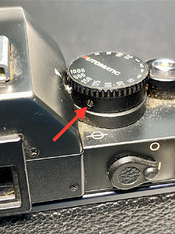
On the outside, these devices are dusty, there is dirt in the corners, the leatherette is damaged.
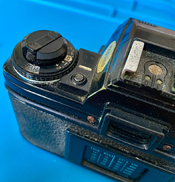
Inside, the lubrication is used up, tough or dried out, the mechanism is tired, solder joints are falling apart, foam is rotten and sticky.
Or lenses suffer from broken plain bearings, optics with fog etc.
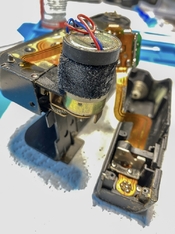
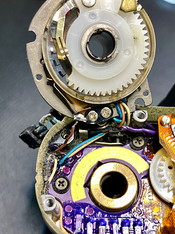

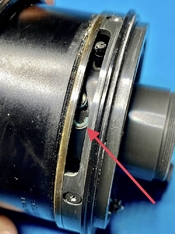
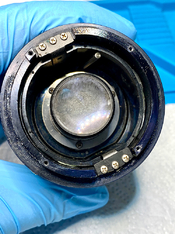
These cameras, motor drives and lenses still might work to a certain extent, but they've had their good times.
For a thorough cleaning, you would have to take them apart extensively, replace parts, lubricate the mechanism and then reassemble, which requires adjustments.
For example, with the Nikon F3, whose repair manual contains pages of information on adjustment. From the spring pressure of the shutter release to the correct mirror position to voltage target values in the electronics. Special equipment is needed for some of these adjustments.

When to give up?
I wonder where the limit of what is reasonable lies here. And whether it isn't better to use this worn out gear as training and study devices and as a spare parts store.
What are your experiences?
Where do you see the limit of investing work in a camera, motor drive or lens?
For me, it's mostly about experience and learning. If the repair works, I'm happy. But this gear does‘nt have to work anymore.
Sometimes there is equipment that has been used intensively for decades and not looked after very well, or has obviously not been serviced.

On the outside, these devices are dusty, there is dirt in the corners, the leatherette is damaged.

Inside, the lubrication is used up, tough or dried out, the mechanism is tired, solder joints are falling apart, foam is rotten and sticky.
Or lenses suffer from broken plain bearings, optics with fog etc.





These cameras, motor drives and lenses still might work to a certain extent, but they've had their good times.
For a thorough cleaning, you would have to take them apart extensively, replace parts, lubricate the mechanism and then reassemble, which requires adjustments.
For example, with the Nikon F3, whose repair manual contains pages of information on adjustment. From the spring pressure of the shutter release to the correct mirror position to voltage target values in the electronics. Special equipment is needed for some of these adjustments.
When to give up?
I wonder where the limit of what is reasonable lies here. And whether it isn't better to use this worn out gear as training and study devices and as a spare parts store.
What are your experiences?
Where do you see the limit of investing work in a camera, motor drive or lens?
Last edited:




